By Rob Carpenter, Business Development Manager, Australia / New Zealand
Introduction to Amphibious Operations
Amphibious operations are incredibly complicated by their very nature—synchronizing maritime, ground, and air capabilities against the littoral environment, nature, and opposition forces. The demanding nature of these operations necessitates extensive training. This is the key reason why many military organizations have dedicated Marine units and services, such as the British Royal Marines and the U.S. Marine Corps. Both of those services use virtual simulation software from Bohemia Interactive Simulations (BISim), VBS3 and the latest generation VBS4. These elite units focus on developing the necessary knowledge, skills, and attitudes required to execute amphibious operations effectively before engaging in live training.
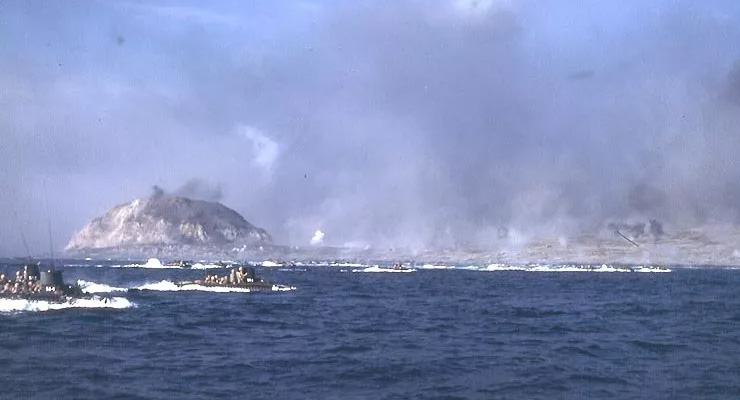
Amphibious tractors (LVT) head for landing beaches on Iwo Jima, circa February 19, 1945. U.S. Naval History & Heritage Command
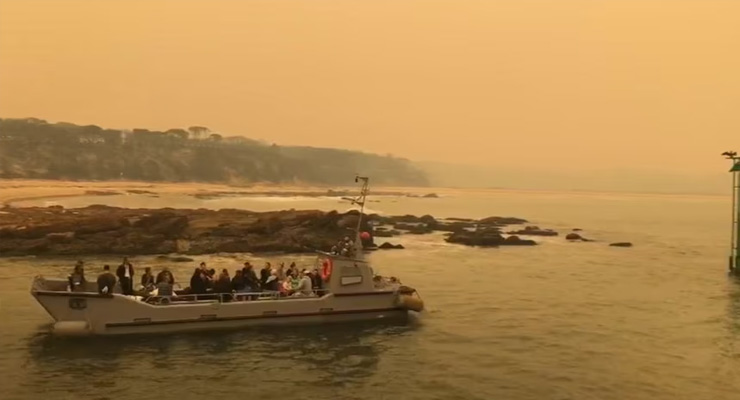
Royal Australian Navy, landing craft, vehicles, and personnel at Mallacoota 2020
This is the key reason why many military organizations have dedicated Marine units and services, such as the British Royal Marines and the U.S. Marine Corps, with their training powered by BISim's VBS3 and flagship VBS4 virtual simulation software.
Many people would understand amphibious operations to be like those depicted in movies and TV series covering the D-Day landings or battles in the Pacific, such as Iwo Jima. These amphibious operations, also known as assault operations, are outliers, especially in modern thought. Amphibious operations today take away one level of complexity by focusing on landing away from the enemy’s main force so that forces don’t need to fight themselves ashore.
Amphibious operations continue well past the initial landing phase, with a significant ongoing logistics task once a landing area is secured. This includes bringing food, water, transport, and engineering equipment ashore over days or weeks until a proper port area can be used.
Militaries and aid organizations also use amphibious operations in non-warlike scenarios, including providing humanitarian assistance and support following natural disasters. A very recent example is the Australian Defence Force’s supply of engineering equipment, food, and water and the evacuation of civilian populations during the 2020 fires around Mallacoota in Australia.
Training for Amphibious Operations in Virtual Simulation
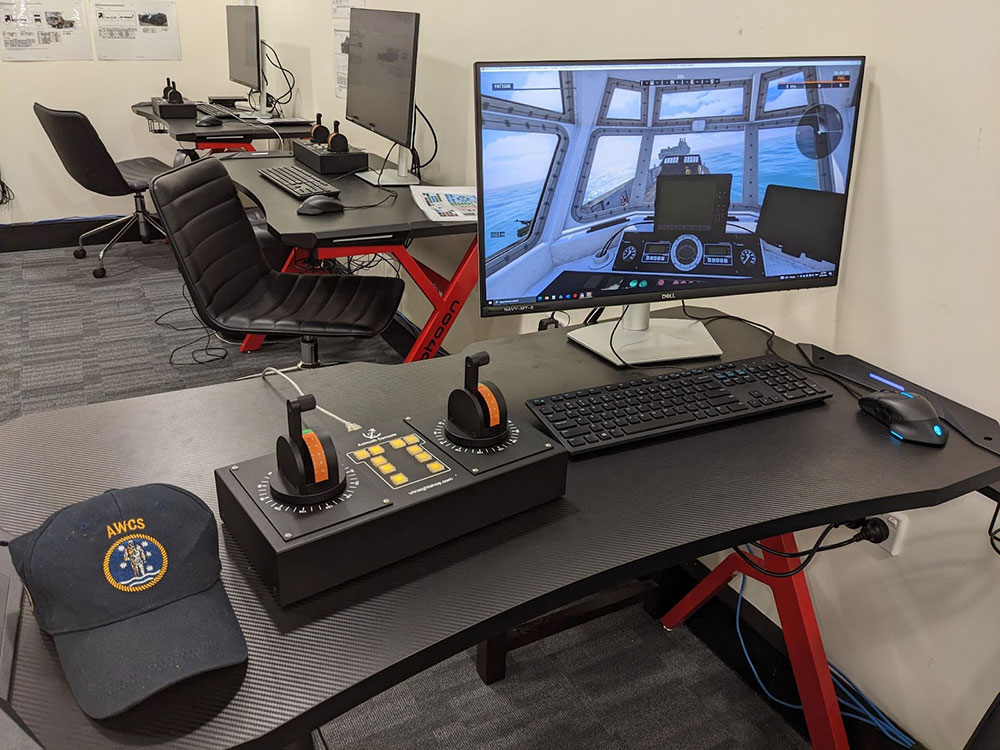
LHD landing craft desktop simulator at HMAS Waterhen, Australia
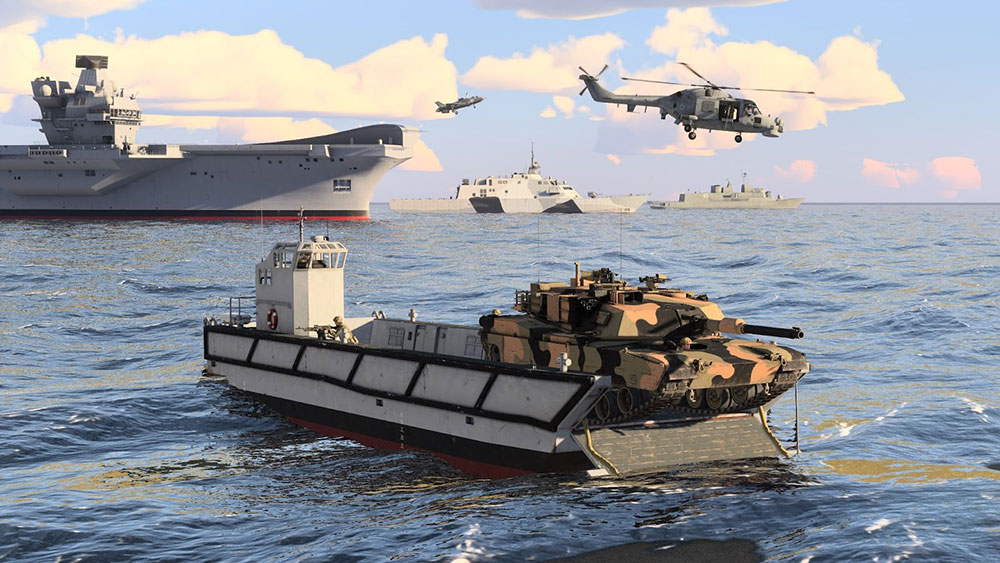
An example of coalition training in virtual simulation
The various components of an amphibious force need to develop their own knowledge and skills before coming together in ever-larger operations. For example, the Royal Australian Navy uses BISim’s VBS4 desktop simulator coupled with commercial hardware input devices so that crews on the Canberra Class LHD landing craft (LLC) can practice multi-vessel operations, rehearsals of holding patterns, coordination of ship-to-shore movement, and tactical situations including weapons fire control and damage control.
A key advantage of using VBS4 in this training configuration is the ease with which the Royal Australian Navy can combine the VBS4 LLC desktop simulators with other Naval assets such as the Canberra Class LHD, helicopters, UAVs, and vessels and aircraft of allied nations, such as the Royal Navy’s Queen Elizabeth Class aircraft carriers and their air wings. This integration capability allows the creation of complex multi-ship scenarios, enabling command teams from different ships to collaborate and practice amphibious tasks in complex real-world environments. Finally, thanks to the very high-detail 3D ship models in VBS4, crews and potential onboard personnel can become familiar with the ships virtually before they are deployed or even before they are finished being built.
The Royal Navy found that after making detailed 3D ship models in VBS4, they could use them for various specific training tasks, such as a range of part-task training systems for handling Davitts, individual and crew-served weapon systems training, and vehicle drivers/operators training.
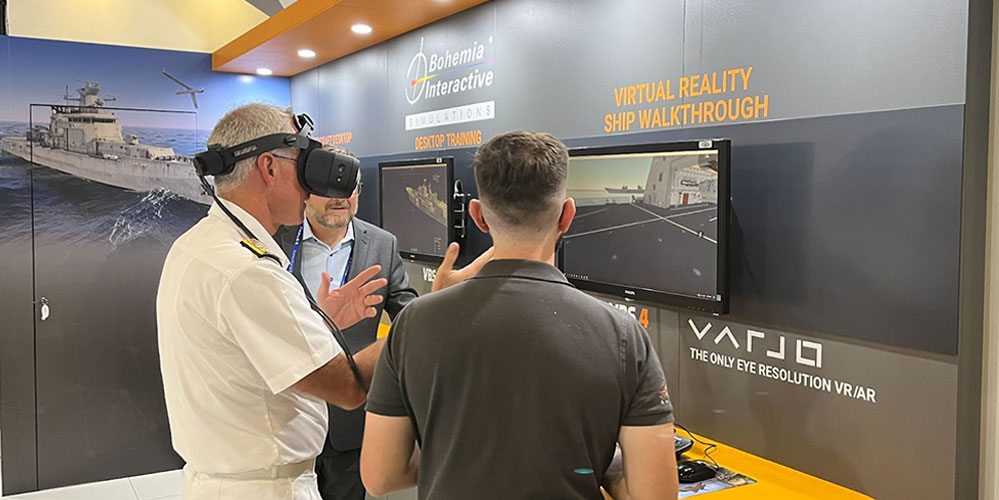
A ship walkthrough being demonstrated in virtual reality
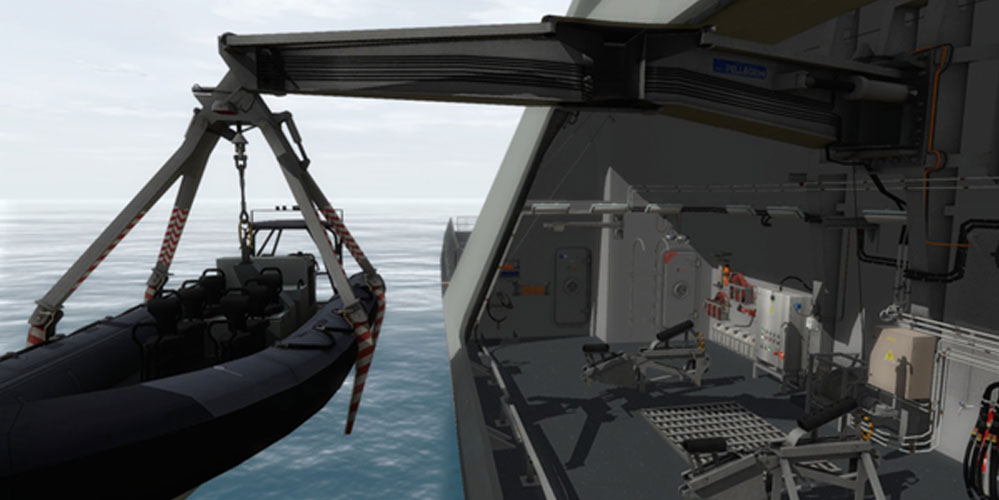
RN Davitt trainer
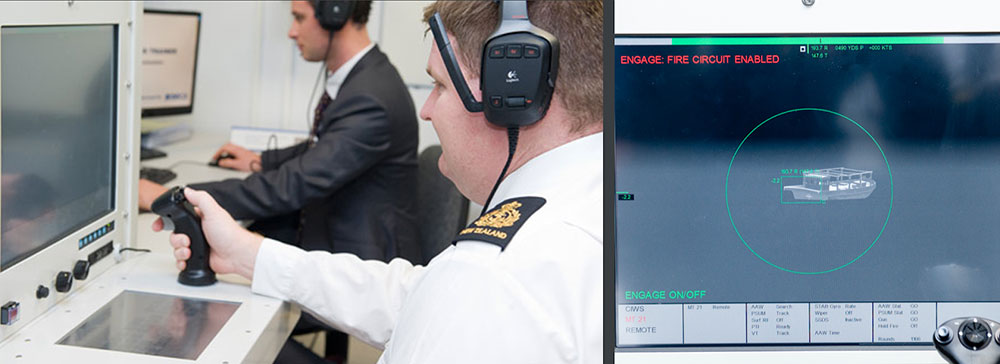
Royal New Zealand Navy Close-In Weapon systems trainer

Royal Air Force P-8 Maritime surveillance aircraft
VBS users can also create trainers for advanced weapons systems such as Close In Weapon Systems and Remote Weapon Stations.
VBS3 and VBS4 can also be used to train the air components of the amphibious force, including helicopter and fixed-wing pilots, rear crew, and Uninhabited Aerial Vehicle operators, as well as ship-based operations.
Benefits of Training Amphibious Operations in VBS
Using a common software framework to develop a wide range of training capabilities is a significant benefit. It not only leads to substantial cost savings but also enables simultaneous training for individuals, teams, entire ship crews, and the full amphibious force in a single virtual simulation environment. In contrast, traditional "live" training for such operations naturally demands using multiple ships and their crews and different types of embarked forces, resulting in massive complexity, significant costs, and risks to both personnel and equipment. Furthermore, it necessitates large littoral military training areas. Such exercises can disrupt civilian activities, resulting in infrequent opportunities for live training that is heavily reliant on scripted scenarios and severely restricts the ability to learn through practical experience.
In addition to virtual training, VBS3 and VBS4 have proven their capability by seamlessly integrating with live training, as demonstrated by their integrated live-virtual use by the Australian Army Combat Training Centre, the British Army, and the USMC. VBS3 and VBS4 consistently deliver a wide range of repeatable, scalable training outcomes for the diverse force elements used in amphibious operations. This combination of virtual simulation and live training not only ensures exceptional training efficiency but also represents a highly cost-effective approach.
If you're interested in diving deeper into the world of amphibious operations training with VBS4, please don't hesitate to reach out to us at sales@bisimulations.com. Stay in the loop with our company updates and the latest news by subscribing to BISim's Newsletter.
